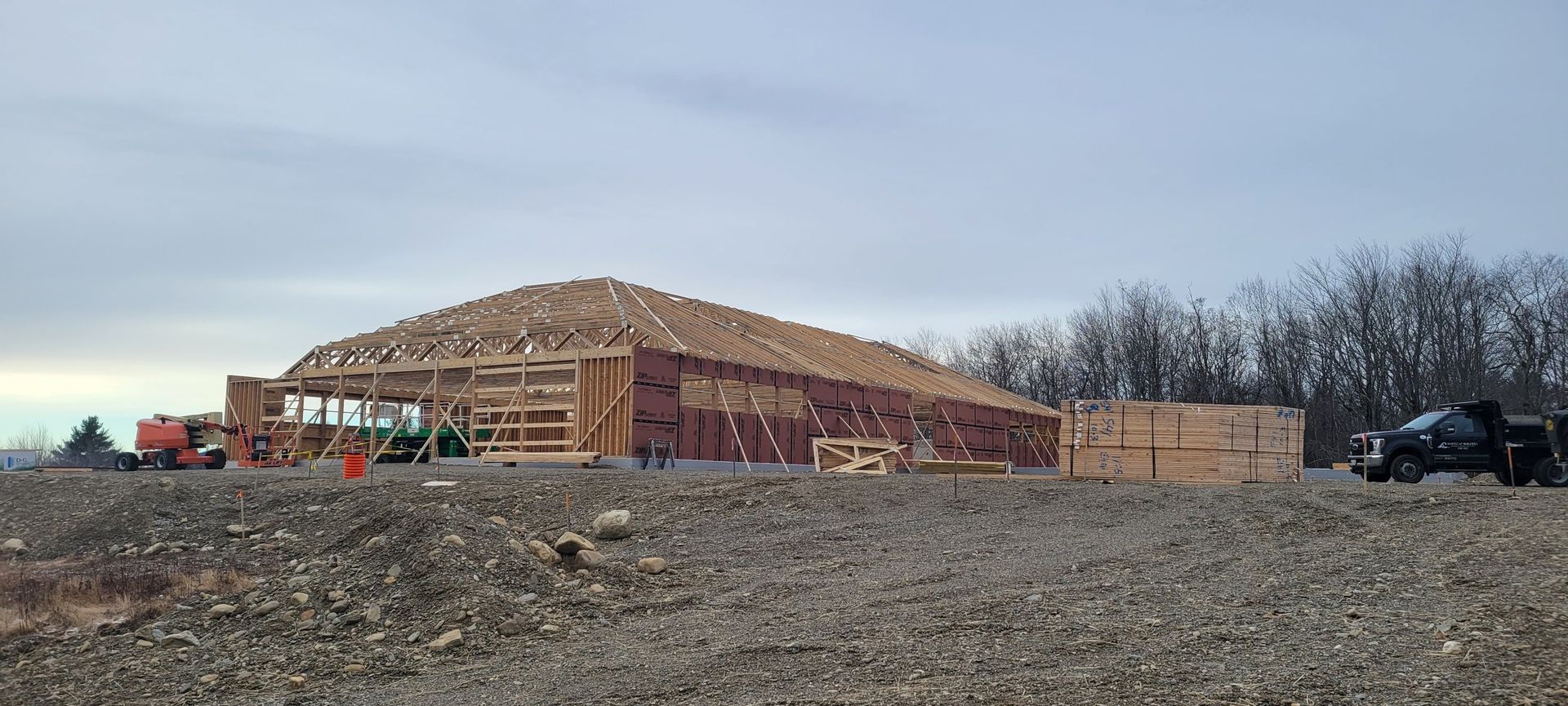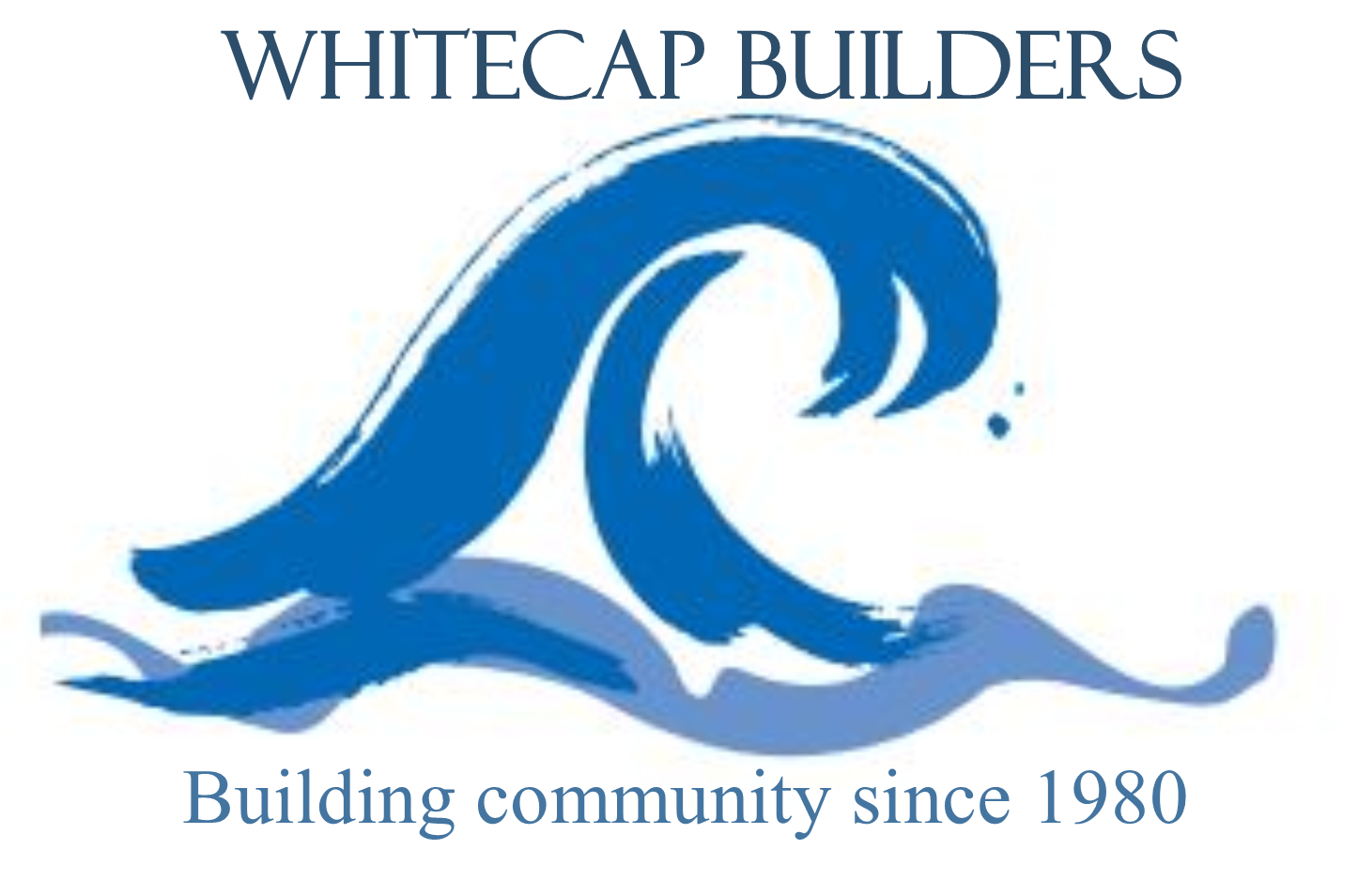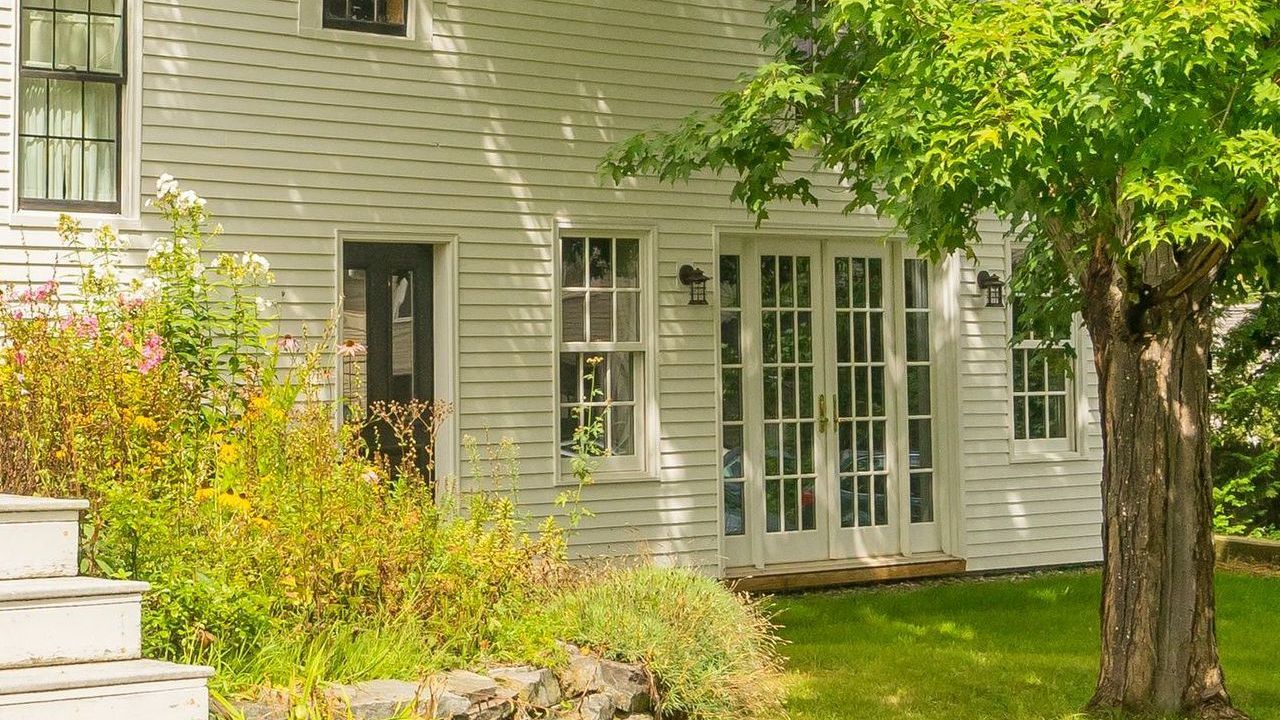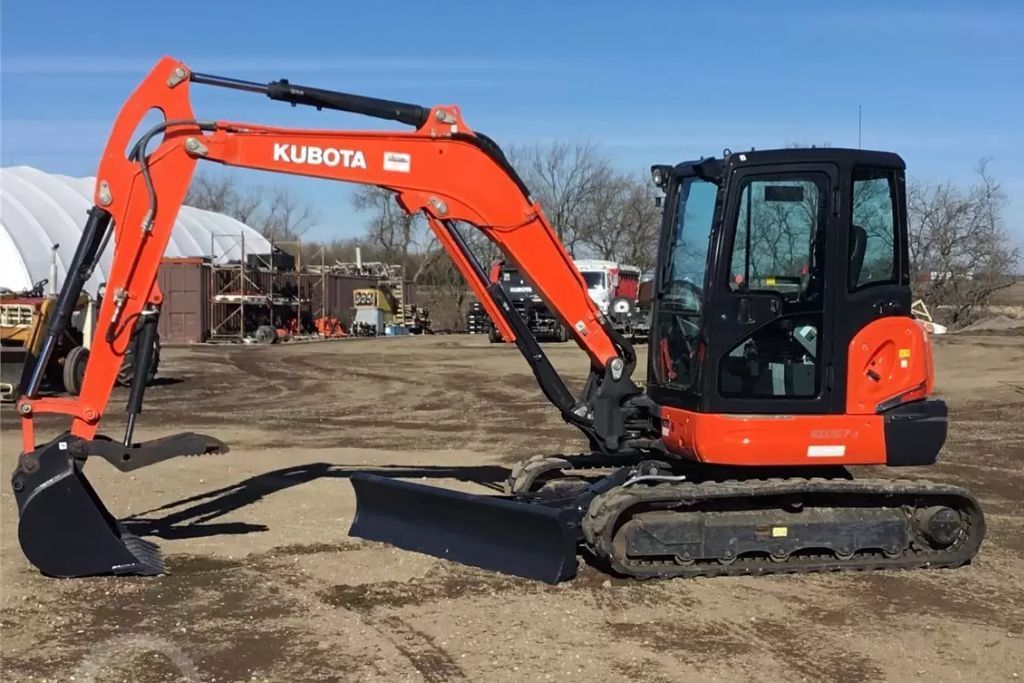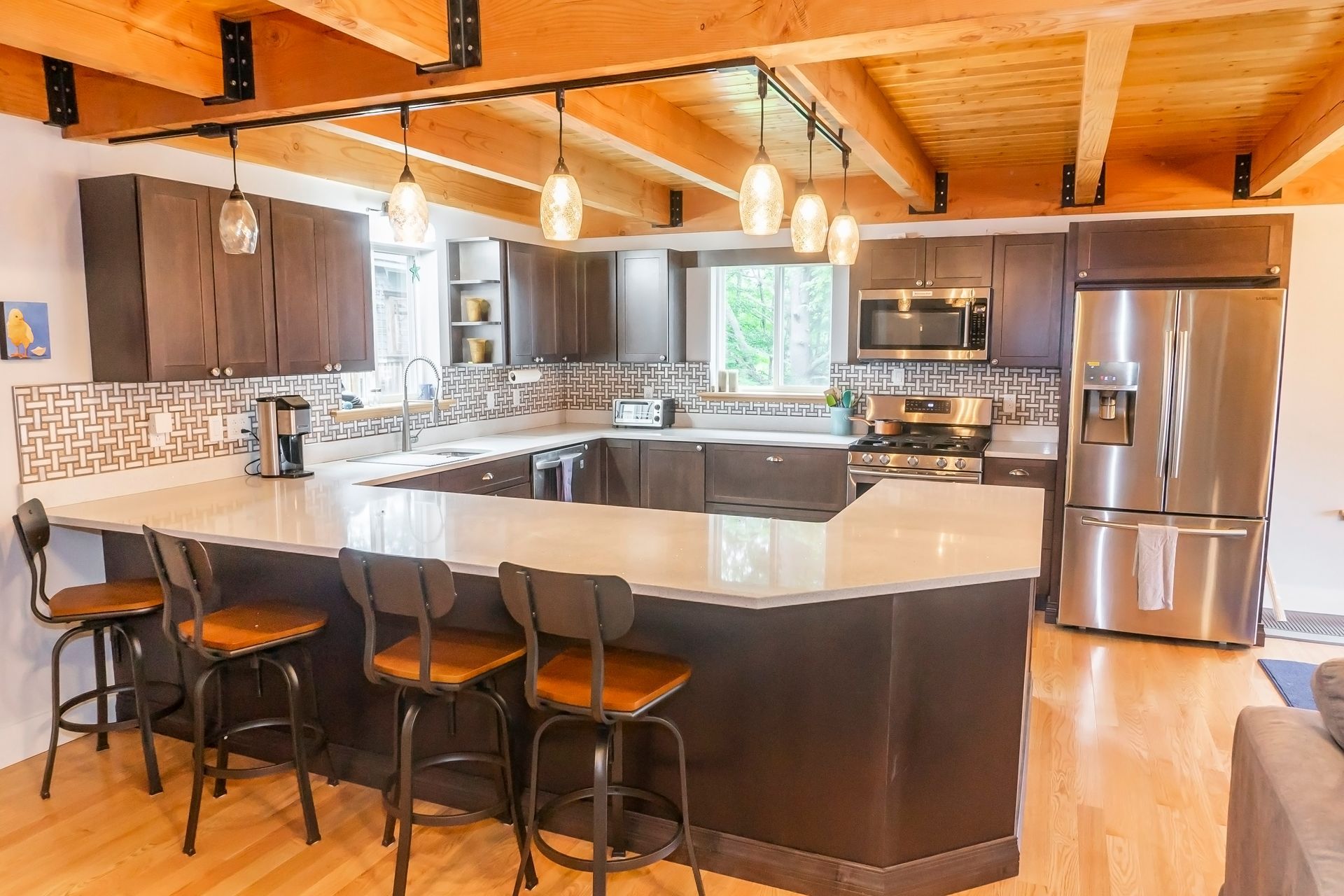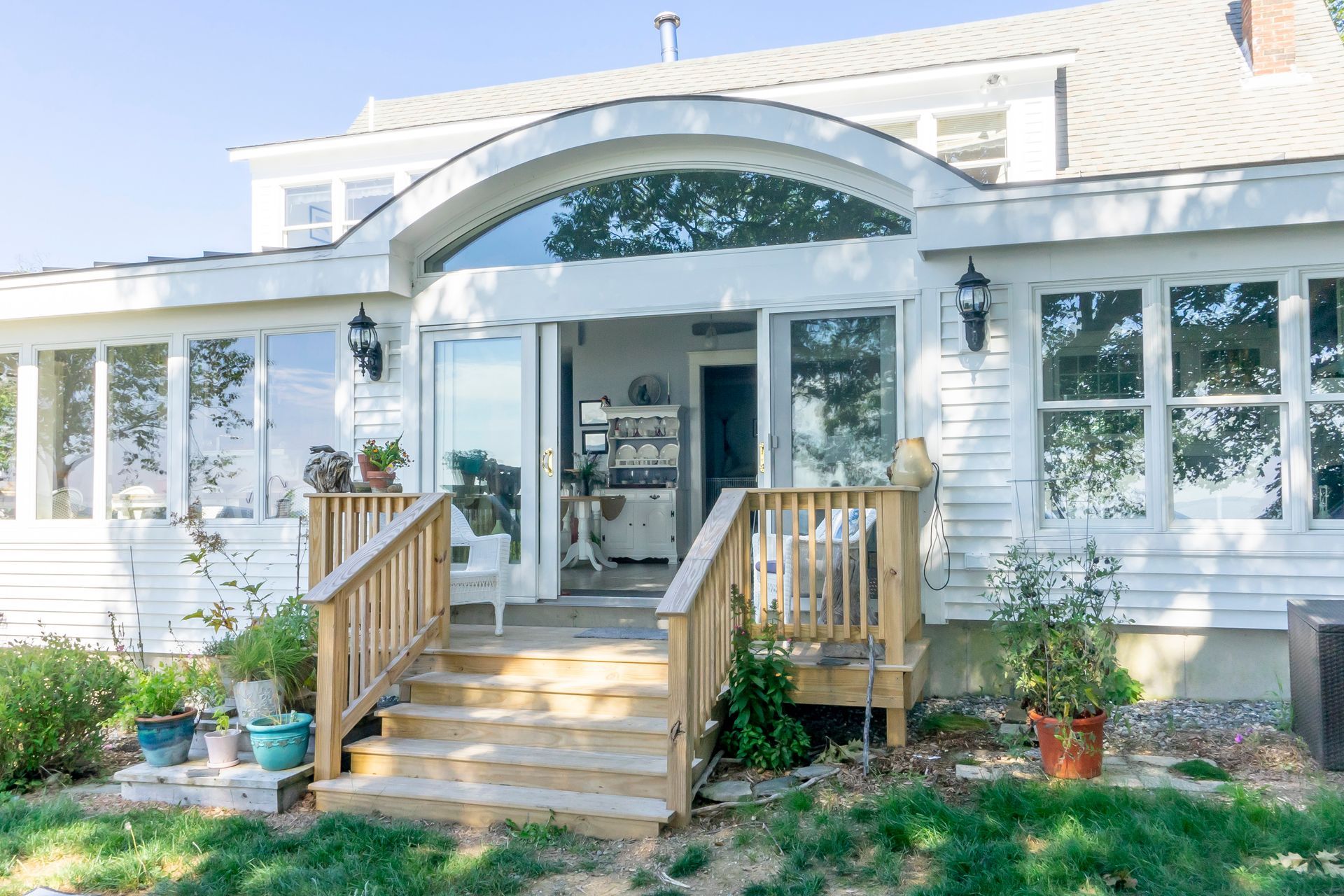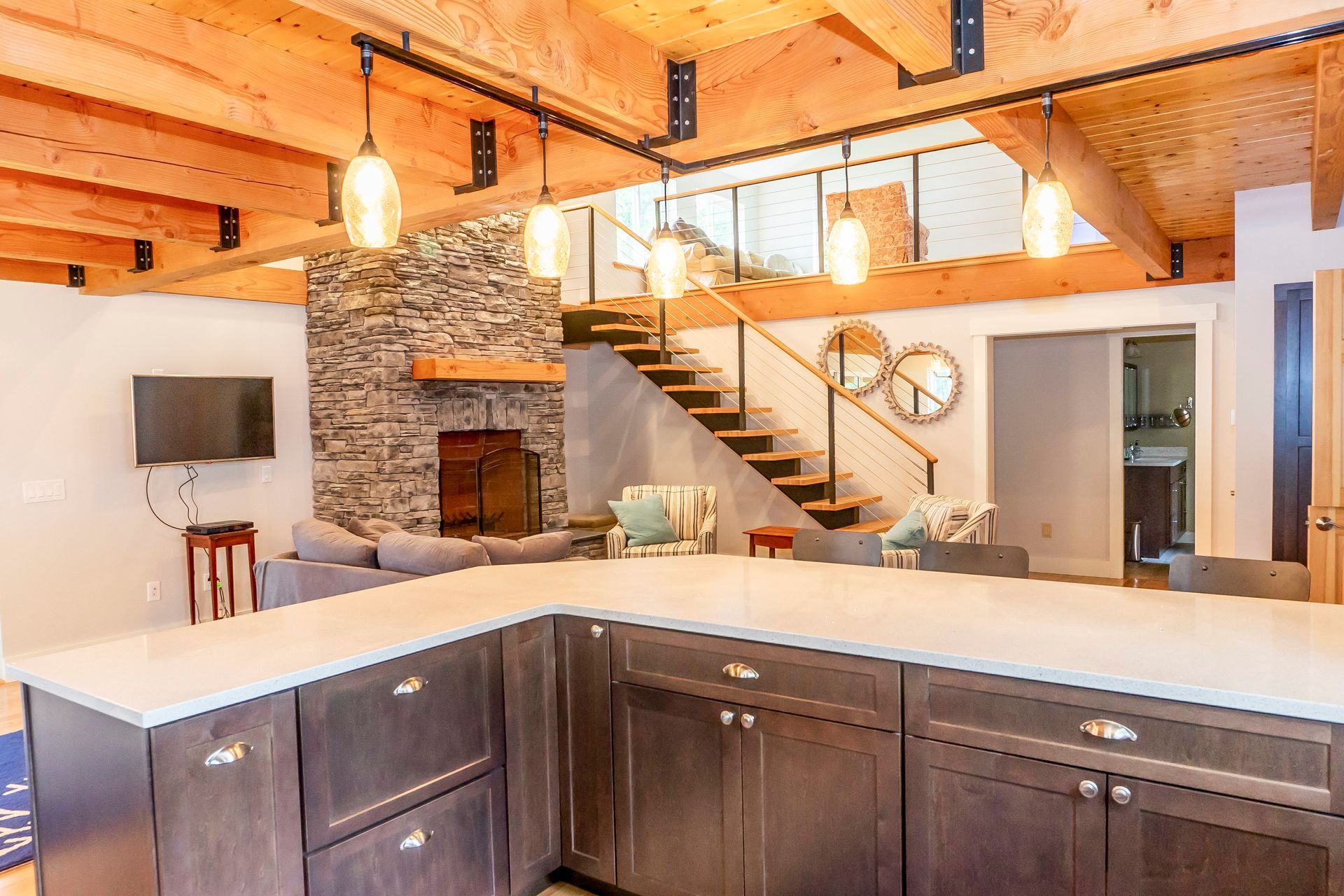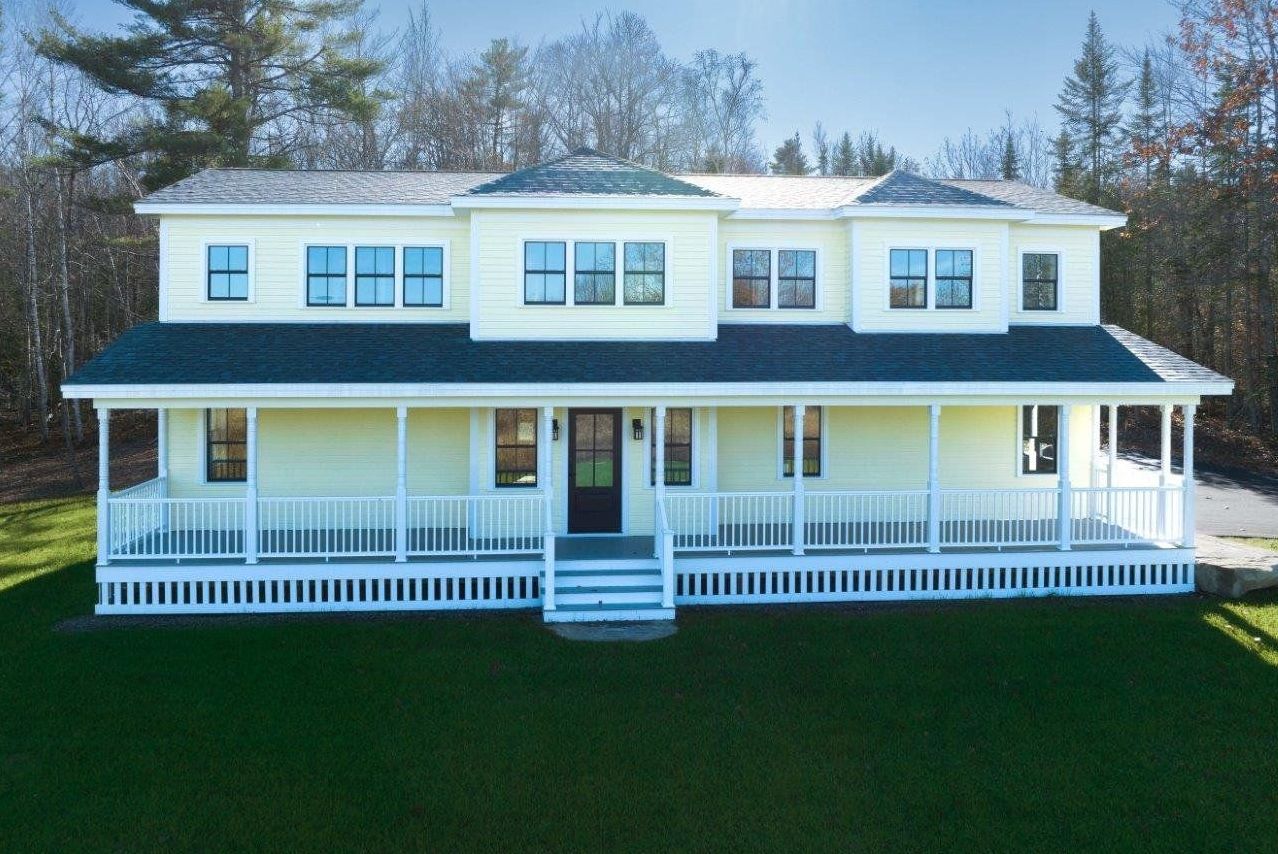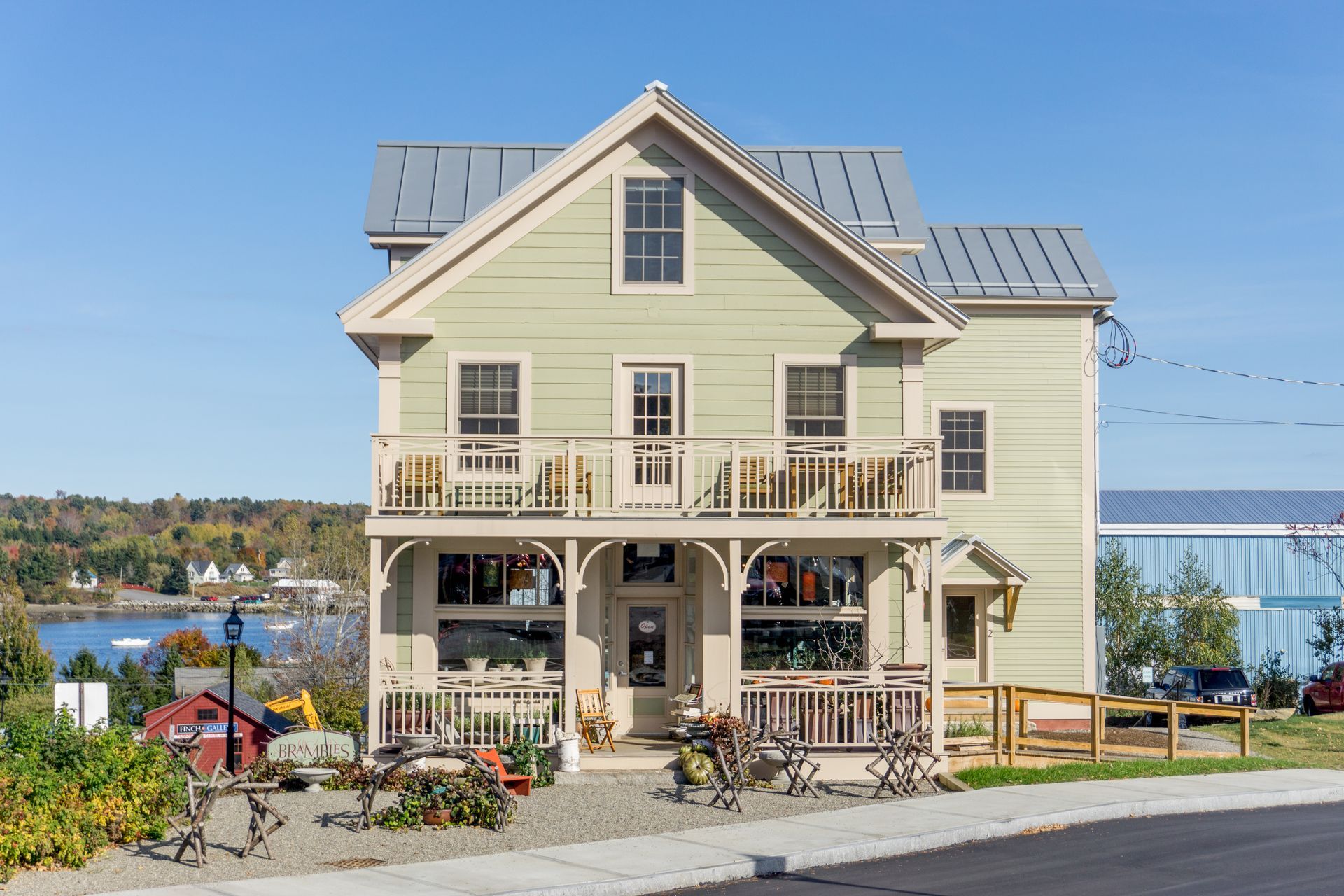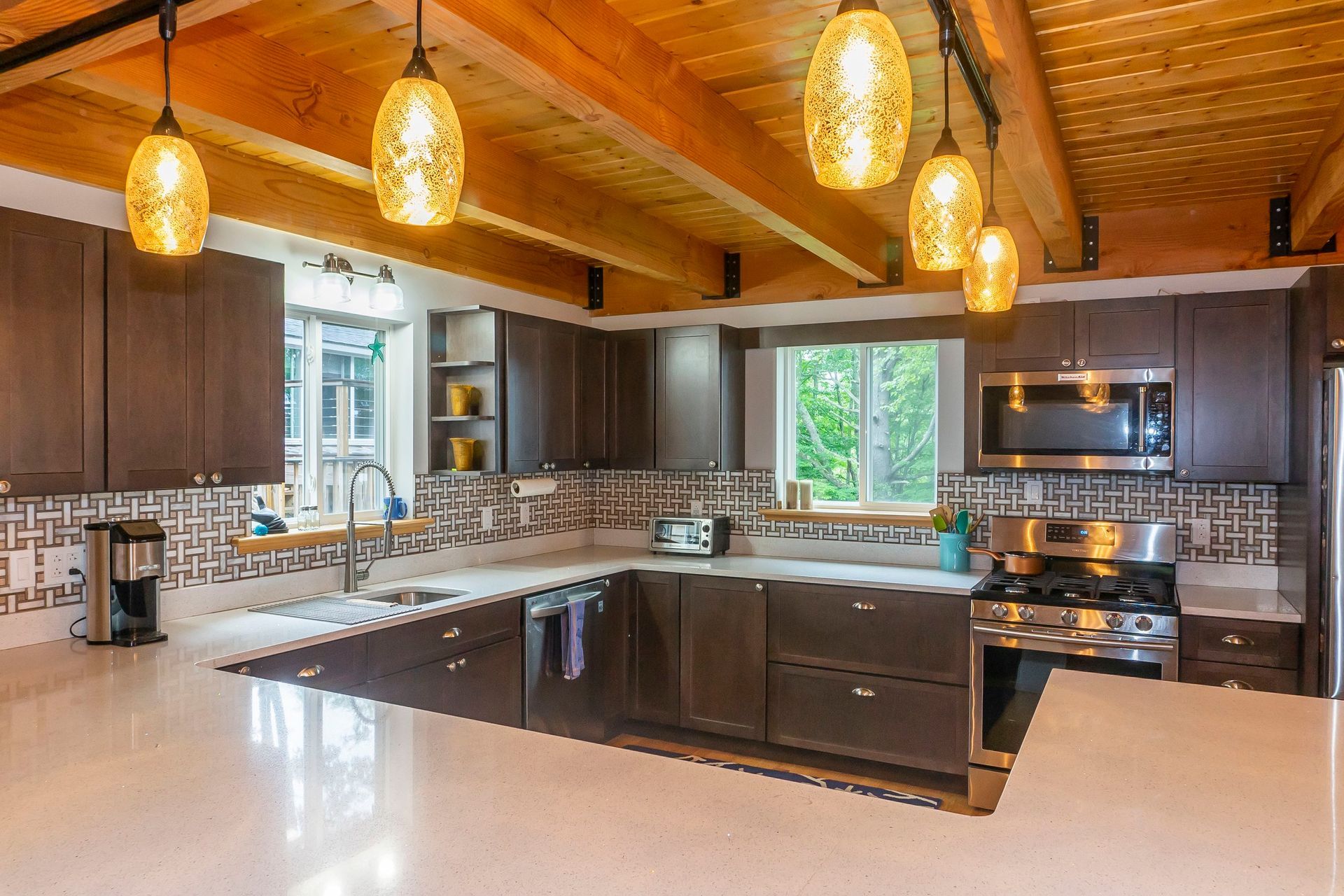How to Achieve High-Impact Changes on Home Additions Without Breaking the Bank
Want to add space to your home without spending a fortune? The key is careful planning and strategic choices. By selecting cost-effective materials, making informed design decisions, and knowing when to hire a professional, you can achieve a high-end look without the high price.
This guide will show you where to save, where to invest, and how to get the most out of your budget!
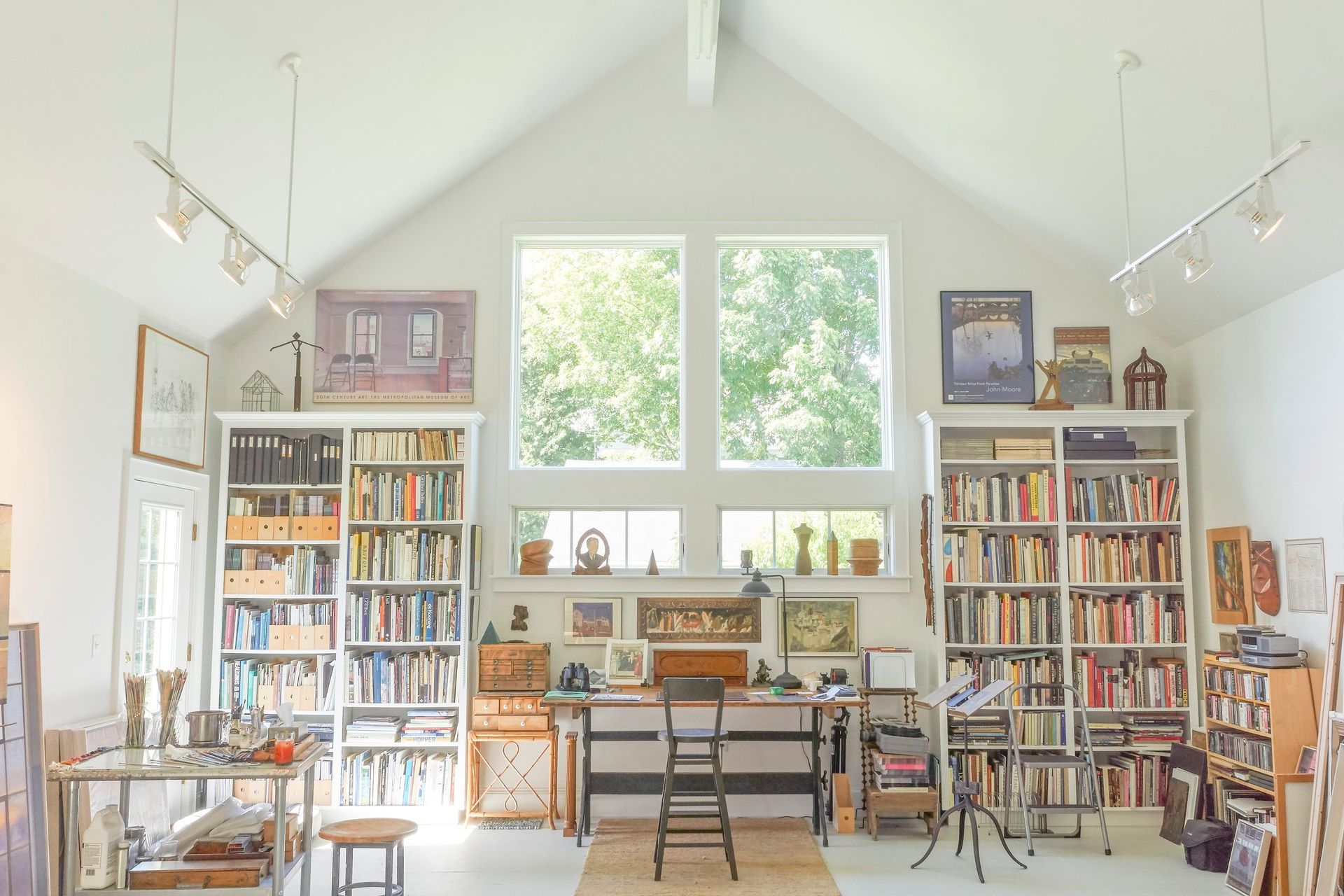
Where to Focus Your Budget
The key is knowing what’s worth the investment and what you can skip. Here’s where to put your money for the best results.
- Start with a Solid Build – A weak foundation or poor insulation leads to costly repairs. Get the structure right from the start.
- Cut Energy Waste – Good insulation, efficient windows, and LED lighting cost more upfront but lower utility bills long-term.
- Make Rooms Do More – A guest room that works as an office or a playroom with storage saves space and money.
- Skip Overpriced Finishes – You don’t need the most expensive floors or fixtures. Affordable options work just as well.
- Plan Before You Build – Changing plans during construction gets expensive fast. Decide early and stick with it.
Cost-Effective Materials That Look High-End
You don’t have to spend a fortune to get a high-end look. The right materials can make your home addition look stylish without the high price tag.
1. Budget-Friendly Flooring
Hardwood floors are nice, but they’re expensive. Here are some great alternatives:
- Luxury Vinyl Plank (LVP): Looks like real wood, but it’s water-resistant and way cheaper.
- Engineered Wood: Gives you the hardwood look but holds up better to moisture.
- Laminate: Tough, stylish, and super affordable.
2. High-End Countertops for Less
Granite and quartz are pricey, but these options look just as good:
- Butcher Block: Warm, natural, and easy to refresh with sanding.
- Laminate: Laminate comes in tons of styles that mimic stone or wood.
- Concrete: Modern, durable, and way more affordable than you’d think.
3. Cabinets That Look Custom Without the Cost
- Semi-Custom: A step up from basic cabinets without the full custom price.
- Ready-to-Assemble (RTA): Affordable and easy to install.
- Paint or Reface: A fresh coat of paint or new doors can make old cabinets look brand new.
Smart material choices can elevate your home addition without draining your wallet!
Smart Design Strategies to Cut Costs
You don’t always need a full addition to get more space. A few smart design choices can cut costs while making your home feel bigger.
Build Up, Not Out
Expanding upward is often cheaper than adding onto your home’s footprint. A second-story addition or dormer can give you extra space without costly foundation work.
Open Up Your Layout
Knocking down a non-load-bearing wall can make a cramped space feel open and airy. An open floor plan creates the illusion of more room without the expense of building new square footage.
Repurpose Unused Spaces
Instead of adding on, turn your attic, basement, or garage into functional living areas. These spaces already have walls and a foundation, saving you money on construction.
A little creativity goes a long way in getting more space without overspending!
Why DIY Might Not Be Worth It: Hire a Professional Instead
While DIY projects can save money, some jobs are better left to experts. Here’s where hiring a professional makes more sense.
- Easy DIY Wins: Painting walls, trim, or cabinets is simple and can refresh a space. Installing a backsplash or laying vinyl flooring is beginner-friendly and saves on labor costs. Landscaping, like planting flowers or adding mulch, is an easy and affordable upgrade.
- When to Call a Pro:
- Electrical work, plumbing, and HVAC changes can go wrong quickly and lead to expensive repairs.
- Foundation work and major structural changes need expert handling to avoid serious damage.
- Roofing mistakes can cause leaks and costly repairs, so leave this to professionals.
Why the Right Contractor Matters
A good contractor saves you money by doing the job right the first time. Look for licensed, insured professionals with strong reviews—like Whitecap Builders—who deliver quality work at a fair price.
Knowing when to hire a pro ensures that your project will be completed safely and efficiently, avoiding costly mistakes.
Budget-Friendly Features That Make a Big Impact
You don’t need a big budget to upgrade your home. Small, smart changes can make a huge difference without costing a fortune.
- Upgrade Your Lighting: Swap out old fixtures for recessed lighting, stylish pendant lights, or dimmable LED bulbs to instantly brighten and modernize your space.
- Add Character with Accent Walls & Trim: Shiplap, beadboard, and crown molding give your home a high-end look without the high price. Even a bold accent wall with paint or wallpaper can transform a space.
- Get Smart with Storage: Built-in shelves, window seats with storage, and under-stair drawers add function without taking up extra room.
- Expand Your Outdoor Living Space: A screened-in porch, covered patio, or pergola provides extra space to relax and entertain at a fraction of the cost of a full addition.
Financing & Budgeting: How to Pay for Your Home Addition
Even if you’re cutting costs, home additions still need a budget. The good news? There are smart ways to pay for your project without piling on debt.
- Use Your Home’s Equity: If you’ve built up equity, a home equity loan or HELOC can provide the funds you need at a lower interest rate.
- Try a Personal Loan: For smaller projects, a personal loan can help without using your home as collateral. Just be sure to shop around for the best rates.
- Check for Rebates & Tax Credits: Adding energy-efficient upgrades like solar panels, new windows, or insulation? You might qualify for rebates or tax breaks to cut costs.
- Plan for Surprise Expenses: No project goes exactly as planned. Set aside an extra 10-20% for unexpected costs like material price hikes or hidden repairs.
Frequently Asked Questions
What’s a Good Budgeting Plan?
A simple way to budget is the 50/20/30 rule. Spend 50% of your income on essentials, save 20%, and use the remaining 30% for non-essentials like entertainment and dining out.
How Can I Update My Home on a Budget?
Small changes can make a big difference. A fresh coat of paint, new cabinet hardware, or updated light fixtures can refresh your space without spending a lot.
Should I Build an Addition or Move?
Expanding your current home is often more affordable than buying a new one. It saves you moving costs and lets you stay in a place you already love.
What’s the Average Cost of a Home Addition?
The cost of an addition typically ranges from $80 to $210 per square foot. The final price depends on the size, design, and materials used.
How Can I Cut Costs on a Home Addition?
To save money, go through your project budget with your contractor to remove unnecessary expenses. DIY some tasks if possible, and consider delaying non-essential upgrades.
What Are the Best Ways to Pay for a Home Addition?
If you don’t have savings set aside, financing options include home improvement loans, home equity loans, credit cards, and government-backed programs. Choose the option that best fits your budget and long-term plans.
Smart Planning = Big Savings
Home additions don’t have to break the bank. By choosing affordable materials, focusing on smart design, and knowing when to hire a professional, you can achieve great results within your budget. For expert advice and top-quality craftsmanship,
White Cap Builders in Belfast, Maine, is here to assist you in getting the most from your investment.
